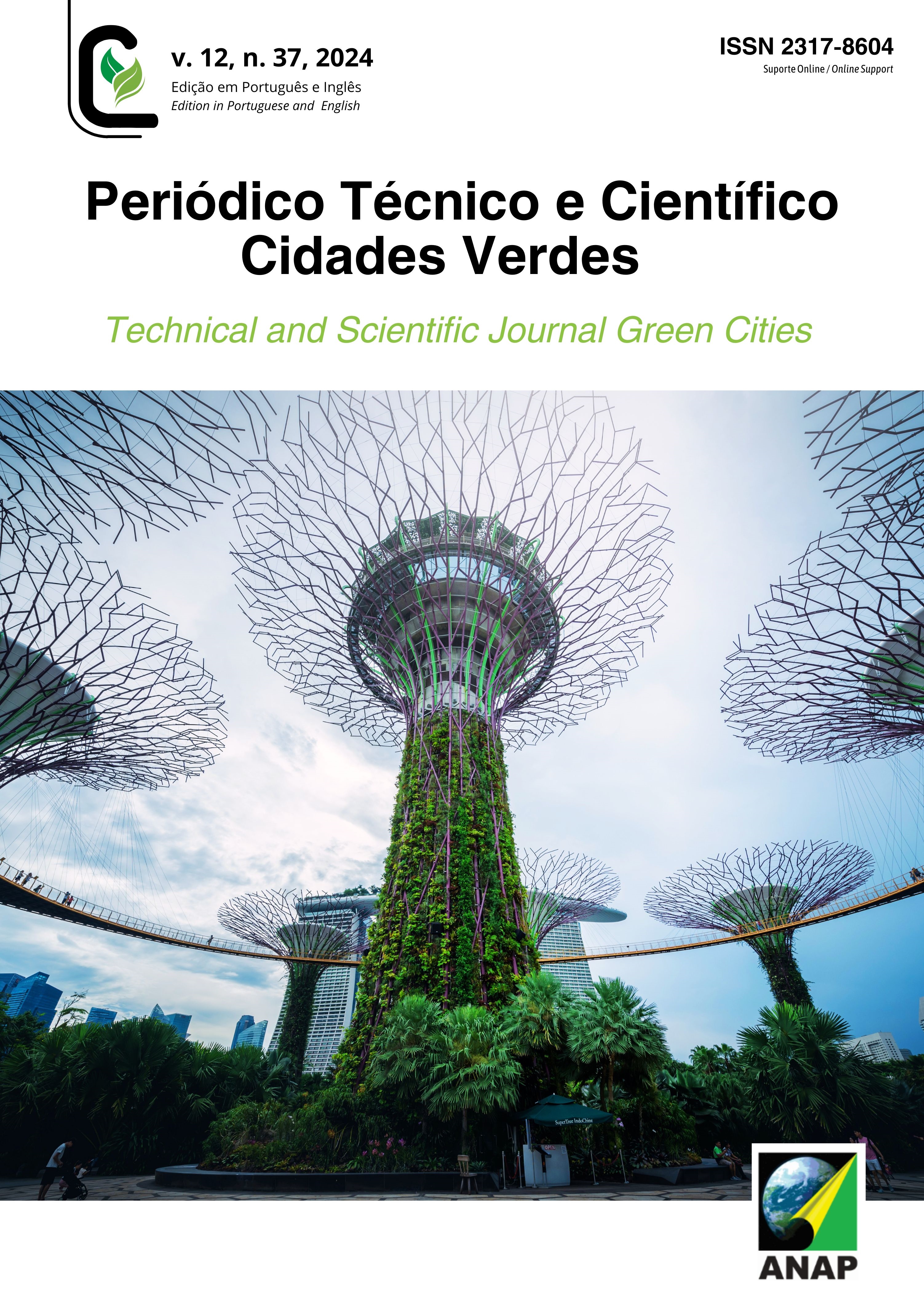Reconnecting landscapes
the Capibaribe Park planting system Project
DOI:
https://doi.org/10.17271/23178604123720245434Keywords:
Landscape Design, Planting System, Native vegetationAbstract
The research presented discusses the systemic understanding of the landscape, which integrates natural and cultural aspects, for the design of urban park landscape projects. As a space that integrates the urban environment, the park has ecological potential due to its predominance of natural elements, with an emphasis on vegetation, especially linear parks, as it provides greater physical connectivity and gene flow, when species appropriate to the local reality are used. Taking the Capibaribe Park planting system project as its empirical object, documentary research was accomplished on the park's executive projects, descriptive notes and the set of design guidelines contained in the Capibaribe Park Environmental Recovery Urban Plan (TOMO IV). Thus, the objective was to analyze the procedures for use the vegetation that constitute the project's Vegetal Palette, formed exclusively by native vegetation of the local phytophysiognomy. As a result, the potential of using native vegetation as a design guideline was verified, dialoguing with the ecosystemic dimension of the landscape, strengthening the system of relationships existing between biotic, abiotic and environmental factors in the urban environment. The results also highlight the implications for the city's natural system, in terms of increasing local biodiversity and the existence and safeguarding of ecosystems associated with the Atlantic Forest biome.
Downloads
Downloads
Published
Issue
Section
License
Copyright (c) 2024 Technical and Scientific Journal Green Cities

This work is licensed under a Creative Commons Attribution 4.0 International License.















